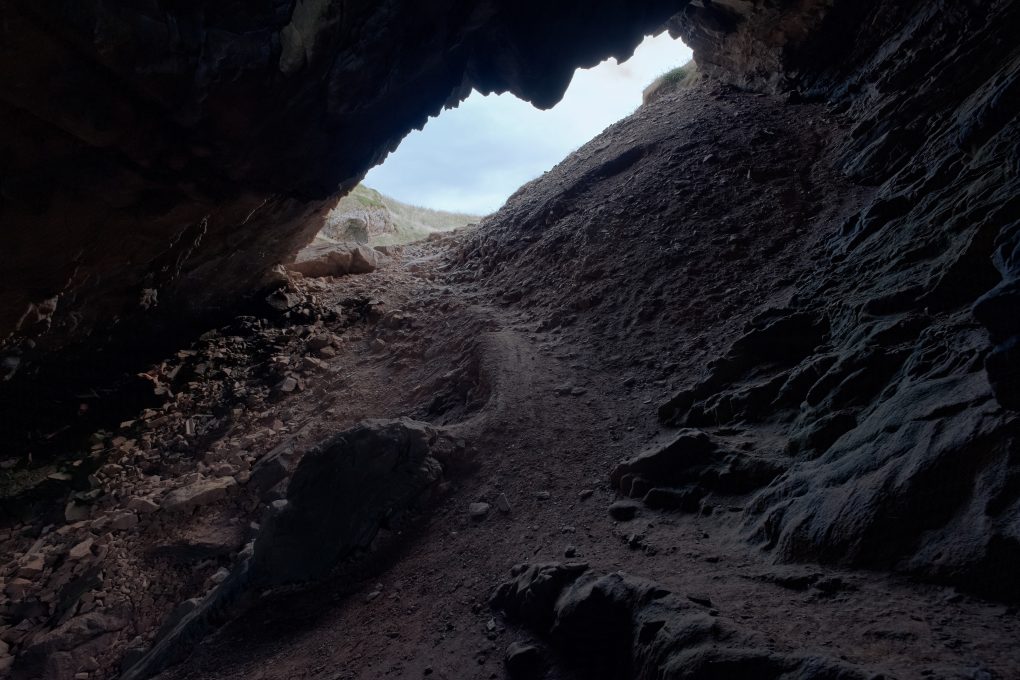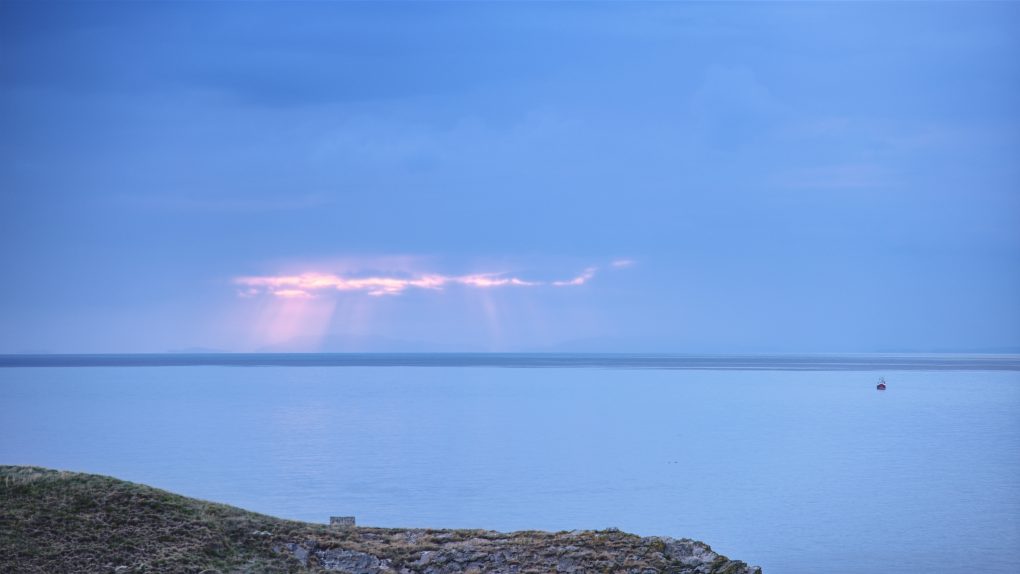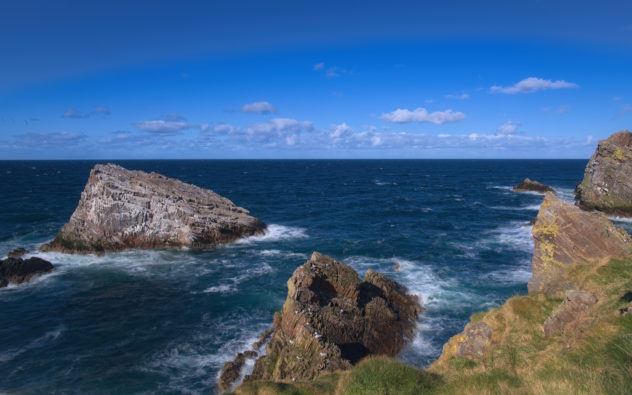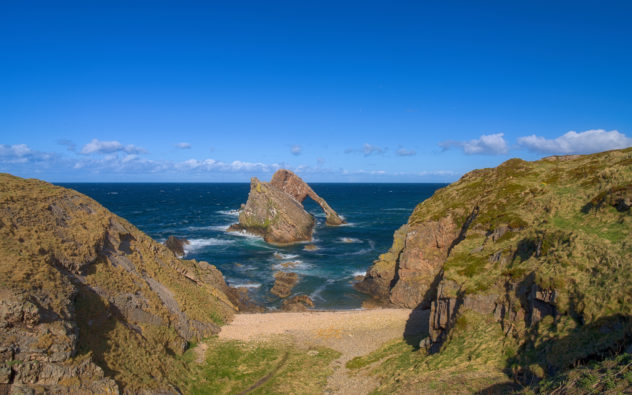Back in May I had a bit of a holiday. Figured the primary camera would be occupied taking timelapse video sequences for a couple of the evenings, and what happens if I find something else to take a photo of? So a friend suggested I get a Fuji X-T20.
Loved it.
Sold the K-1 dSLR and all the other Pentax kit, bought a Fuji X-H1 and some nice lenses to augment it.
Having spent all last Friday having the day off for the purposes of swapping the gear, I called in at Portknockie to make some photos of the well-known Bow Fiddle rock. The tide was low, requiring more care scrambling over the rocks.
Getting a bit more artistic, a long exposure view of the clouds passing by and a toned and tweaked edit:
The Zeiss 12mm f/2.8 Touit Fuji X-mount lens is a beauty. Being for APS-C crop-sensor only, it’s comparatively small, but elegantly formed with the curves flowing from lens-hood to body where the aperture and focus rings are smooth rubber perfectly integrated into the body.
I still maintain the most interesting views are to be found within the caves beside Bow Fiddle, not just staring at the lump itself. This is the first test image made with the Zeiss lens – sitting inside one of the caves, looking out, an HDR composite of 5 frames ±2/3EV each and even so it took a delicate touch getting the best RAW conversion and blend (haven’t used LuminanceHDR in ages!).

Testing my newly acquired Zeiss 12mm f/2.8 Touit lens – inside one of the caves looking out, of necessity a 5-shot HDR ±2/3EV. That lens is awesomely sharp, even with slightly elevated ISO around 640-1600.
Finally, one to relax with: the most serene simple composition of blue-grey sky with warm crepuscular rays spreading from behind a cloud. Light and sea, what more does one need?


